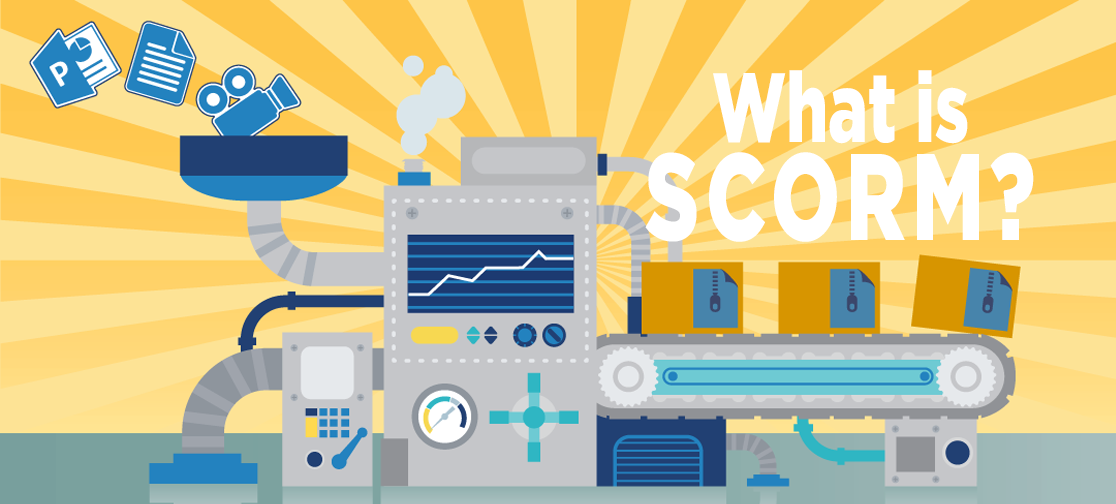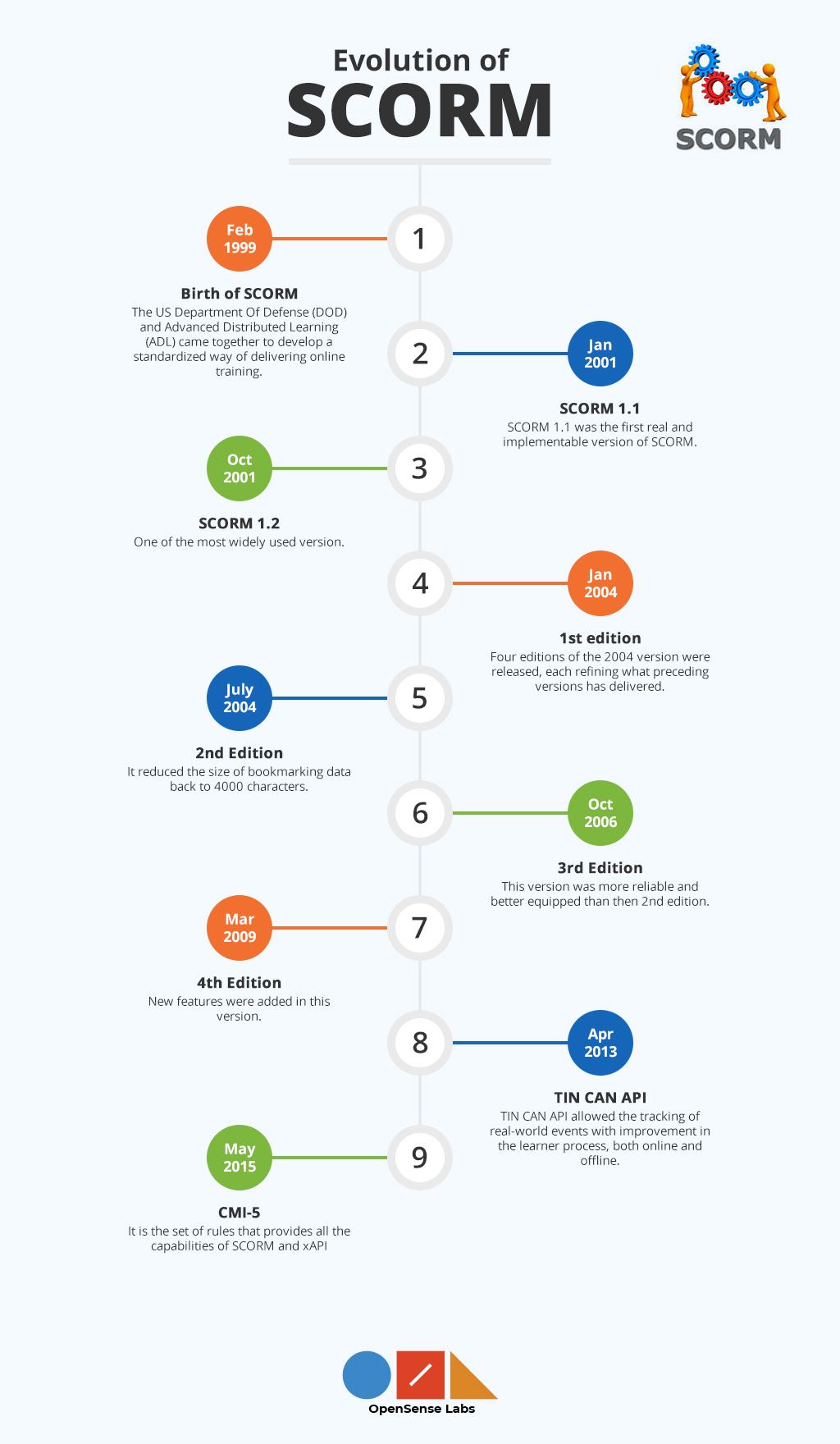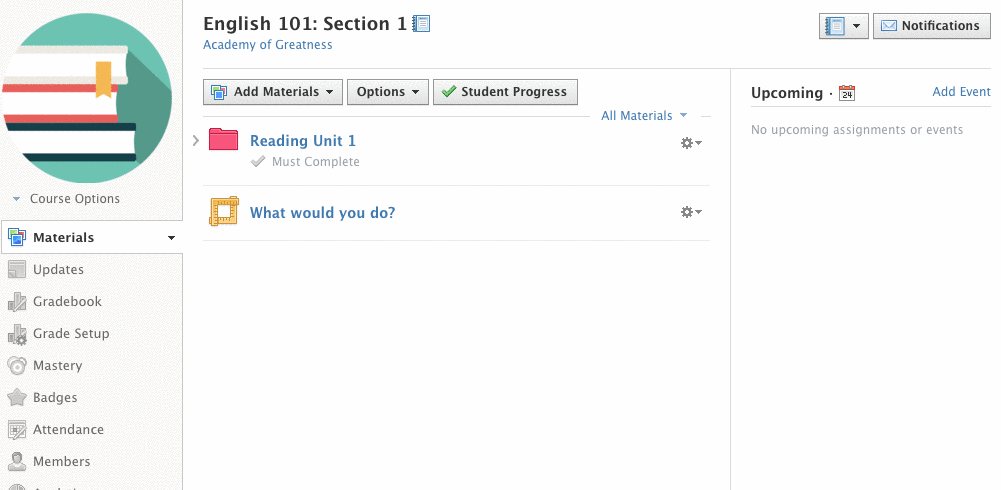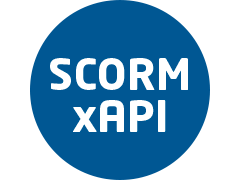Referred to as the de facto standard of e-learning, Shareable Content Object Reference Model aka SCORM was sponsored by US Department of Defense to bring uniformity in the standards of procuring both training content and Learning Management Systems.
Long gone but not forgotten are those days when learning was only limited to books and classrooms. With the development of technology, virtual learning has transformed into an approachable and convenient method.
Can Drupal, which is a widely popular CMS for education websites, conform to SCORM standards? How does it ensure that it remains SCORM compliant?

In Details - What is SCORM?
SCORM is a set of standard guidelines and specifications for the programmers on how to create LMS and training content to be shared across systems.
The agenda to bring SCORM was to create standard units of training and educational material to be shared and reused across systems.

Shareable Content Object refers to creating units of online training material that can be shared and reused across systems and contexts.
Reference Model refers to the existing standards in the education industry while informing developers on how to properly use them together.
Working with the authoring tools to design and produce the content, e-learning professionals, training managers, and instructional designers are the ones who typically use SCORM packages.
Content (used in courses and LMS) is exported to a SCORM package (.zip folder) to deliver the learners a seamless and smooth upload of the content.
The Evolution of SCORM
Since SCORM wasn’t built as a standard from the ground up and was primarily a reference to the existing ones, the goal was to create an interoperable system that will work well with other systems.
Till date, there are three released versions of SCORM, each built on top of the previous one solving the problem of its predecessor.
SCORM 1.0 was merely a draft outline of the framework. It did not include any fully implementable specifications but rather contained a preview of work which was yet to come.
SCORM 1.0 included the core elements that would become the foundation of SCORM.
In other words, this version specified how the content should be packaged. How content should communicate to systems and how the content should be described.
-
SCORM 1.1
SCORM 1.1 was the first implementable version of SCORM. It marked the end of the trial implementation phase and the beginning of the application phase for ADL.
-
SCORM 1.2
SCORM 1.2 solved the many problems that came along version 1.1. It provided with robust and implementable specifications, this version presented its end users with drastic cost savings.
It was and still remains one of the most widely used version.
-
SCORM 2004 (1st - 4th edition)
The 2004 1st edition allowed content vendors to create navigation rules between SCOs. The 2nd edition covered the various shortcomings of the 1st. It brought with it Advanced Distributed Learning which focused on developing and assessing the distributed learning prototypes, enabling more effective, efficient, & affordable learner-centric solutions.
The 3rd edition removed any ambiguity, improving the sequencing specifications for greater interoperability.
The final and 4th edition was focused on disambiguation and addition of new sequencing specifications. These specifications widened the options available to the content authors which made the creation of sequenced content even more simple.

Why Should You Use SCORM?
Now that we have an idea about SCORM and its attempt of reducing chaos in the entire industry, let’s know what benefits it brings along.
Here are some of the reasons that can contribute to a huge factor in terms of using SCORM.
- It is a pro-consumer initiative. The online courses are eligible to be used on any compliant LMS vendor. You can alternatively upload the courses to LMS as long as you have a zip folder.
- All the high-quality LMSs and the authoring tools are SCORM compliant so that they can build and be part of a great ecosystem of interoperability and reliability.
- The introduction and evolution in SCORM have brought about a great reduction in overall cost of delivering training. The reason is that it has no additional cost for integrating any type of content.
- SCORM helps in standardizing eLearning specifications. SCORM provides a set of technical specifications that gives the developers a standard blueprint to work with.
How does SCORM Work?
Other than guiding the programmers, SCORM administers two main things, i.e packaging content and exchanging data at runtime to ensure workability.
- Packaging content or content aggregation model (CAM) defines how a piece of content should be presented in a physical sense. It is required by the LMS to export and import a launch content without the use of any human interventions
- Runtime communication or data exchange helps in defining how the content is supposed to work with the LMS while it is actually being played. This is the part which describes the delivery and tracking of the content. Eventually, these are the things that include “request the learner’s name” or “tell the LMS that the learner scored 95% in a test”.
“SCORM recommends contents to be delivered in a self-contained directory or a ZIP file.”

Working of SCORM Packages
SCORM recommends contents to be delivered in a self-contained directory or a ZIP file. These files contain content, defined by the SCORM standards and is called Package Interface File (PIF) or in other words SCORM packages.
It contains all the files that are needed to be delivered in the content packages via SCORM runtime environment.
Course manifest files are considered as the heart of the SCORM content packaging system. The manifest is considered as the XML file that describes the content.
Some of the pieces involved in the packaging are:
-
Resources
Resources are the list of parts that bundle up to be a single course. There are two types of resources that contribute to the course.
The first is the collection of one or more files that make up a logical unit presented to the users. The other is SCO or Sharable Content Object which is the unit of instructions that are composed of one or more files, to communicate with LMS. It mostly contains the instructional or static part of a content that is presented to the users via course.
Resources should contain a complete list of all the files that are required for proper functionality of the resources.
This is done to port the list to a new environment and function it the similar way.

-
Organizations
Organizations are considered as the logical grouping of the parts of resources into a hierarchical arrangement. This is what is delivered to a particular learner when the item has been selected.
-
Metadata
Metadata are used to describe elements of a content package in its manifest file. They are important because they facilitate the discovery of learning resources across content package or in a repository.
When a learning resource is intended to be reusable, it is a best practice to describe it with metadata.
For describing learning content, Learning Object Metadata contains many predefined fields.
-
Sequencing
Sequencing is responsible for determining what happens next when a learner exits an SCO. With navigational control, it orchestrates the flow and status of the course as a whole.
However, it doesn’t affect how SCOs operate and navigate internally, that is defined by the content developer.
Drupal With SCORM
Drupal is best at managing the digital content, but the task of planning, implementing, and assessing a specific learning process can be best done by an LMS.
How can Drupal become a platform for an organization that delivers effective training, manage learners, individual progress and record results?
Since Drupal is not an LMS, its distributions and modules help it become more effective. When it comes to SCORM compliance, Drupal has Opigno LMS as its core distribution.
 Opigno LMS is a Drupal distribution that integrates H5P technology (an open-source content collaboration framework based on javascript), which enable you to create rich interactive training content. It allows you to maintain the training paths that are organized in courses and lessons.
Opigno LMS is a Drupal distribution that integrates H5P technology (an open-source content collaboration framework based on javascript), which enable you to create rich interactive training content. It allows you to maintain the training paths that are organized in courses and lessons.
This distribution includes the latest version of Opigno core that offers you effective and innovative online training tools.
Opigno LMS is fully compliant with SCORM (1.2 and 2004 v3) which offers a powerful editor for content management, in particular, to create course material. These courses can eventually be grouped into classes to provide easy and manageable training paths. It should also be noted that this distribution is the quickest way to present a functional e-learning platform out of the box, with the users, courses, certificates, etc.
Based on this distribution, Opigno SCORM implements the SCORM feature in Opigno which allows you to load and play SCORM packages within Opigno training and is also responsible to handle and manage training paths that are organized in courses and lessons.
Opigno LMS comprises an app store that also enables you to install latest features easily, without asking you to upgrade the current install.
According to the requirements and expectations of the learners, Opigno LMS can be summarized by the following specification:
- Scalable to manage the hardships of a dynamic and modifying environment
- Safe and easy to update
- Support further development of customized functionalities with proper integration with the core solution in a modular way
- Open to letting each client be free and independent
- And most importantly, easy integration with other enterprise systems
H5P javascript framework makes it easy to create, share and reuse HTML5 content and applications, allowing users to built richer content. With the use of H5P, the authors can edit and construct videos, presentation games, advertisement etc. To create an e-learning platform, the integration of HP5 framework and SCORM is essential.

H5P SCORM/xAPI module allows to upload and view SCROM and xAPI packages. It uses two HP5 libraries namely (HP5 libraries are used to create and share rich content and applications)
- H5P SCORM/xAPI library to view SCORM package.
- H5PEditor SCORM library to upload and validate SCORM package.
You can create a new content type by uploading it in the preceding step of a process using the H5P editor.
In the nutshell
Different people adopt SCORM for different reasons. You and your team are the only ones that can decide whether sticking to SCORM is worthwhile or not.
Depending upon the nature of your requirement and the course of action, it can be decided which platform is best for you. At OpenSense labs, we have been giving adequate solutions to our customers. Contact us on [email protected] to make the right decision on the correct choice of a platform.
Subscribe
Related Blogs
Trek n Tech Annual Retreat 2025: A 7-Day Workcation of OSL

OSL family came together for the Trek n Tech Annual Retreat 2025, a 7-day workcation set amidst the serene beauty of…
Exploring Drupal's Single Directory Components: A Game-Changer for Developers

Web development thrives on efficiency and organisation, and Drupal, our favourite CMS, is here to amp that up with its…
7 Quick Steps to Create API Documentation Using Postman

If you work with API , you are likely already familiar with Postman, the beloved REST Client trusted by countless…




